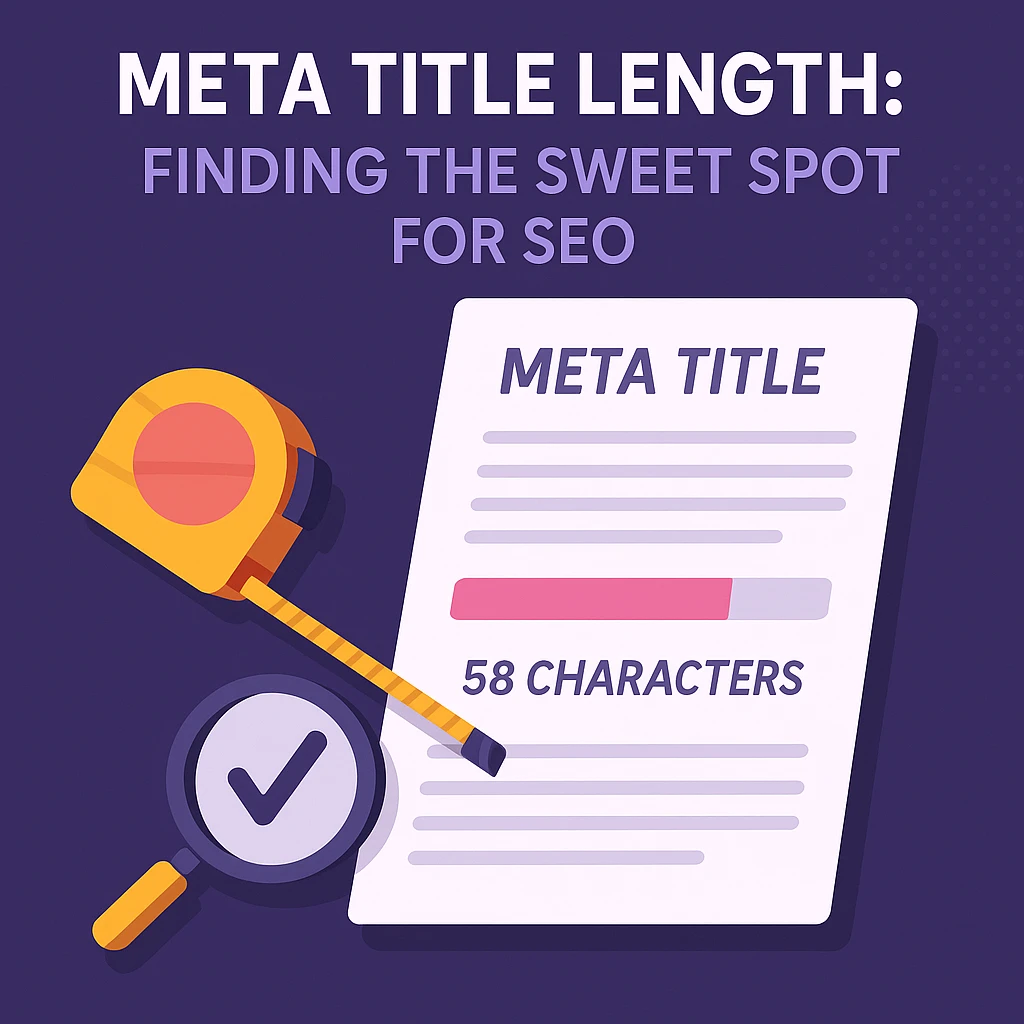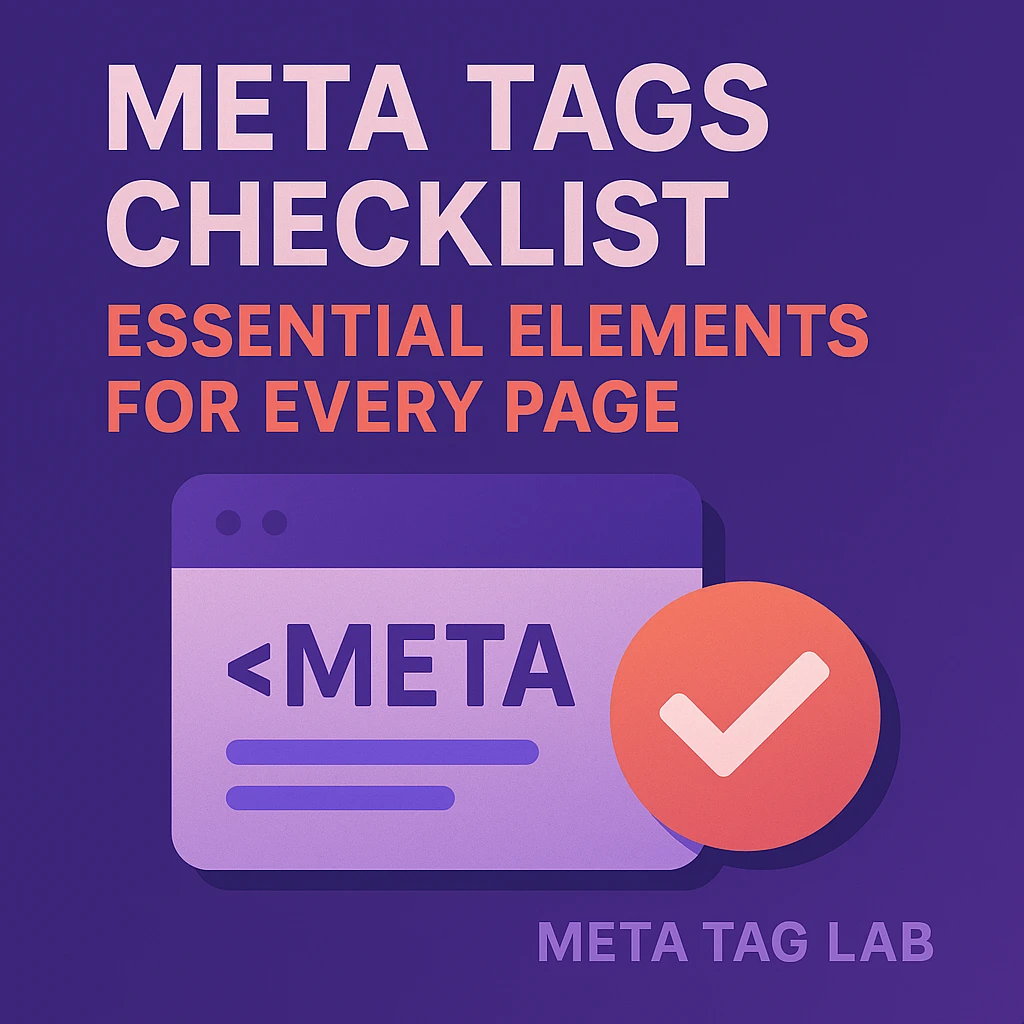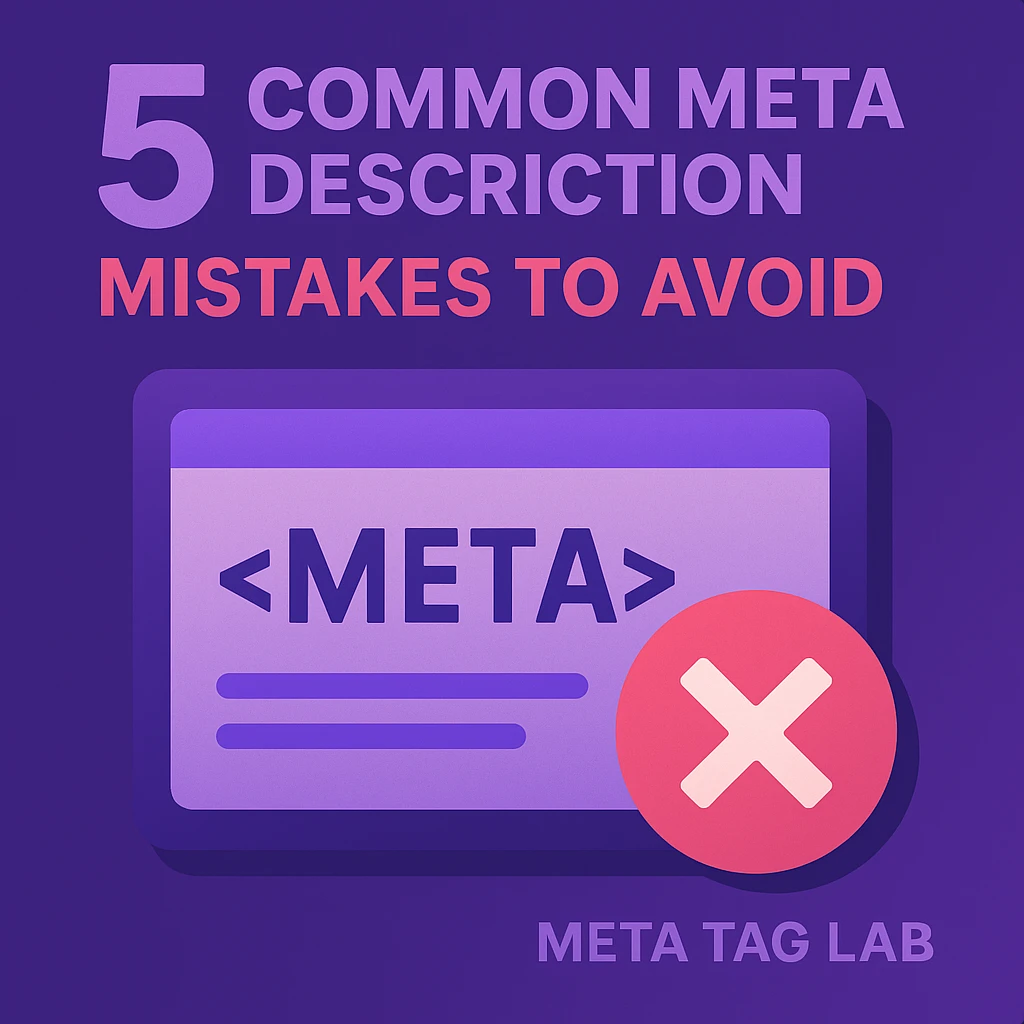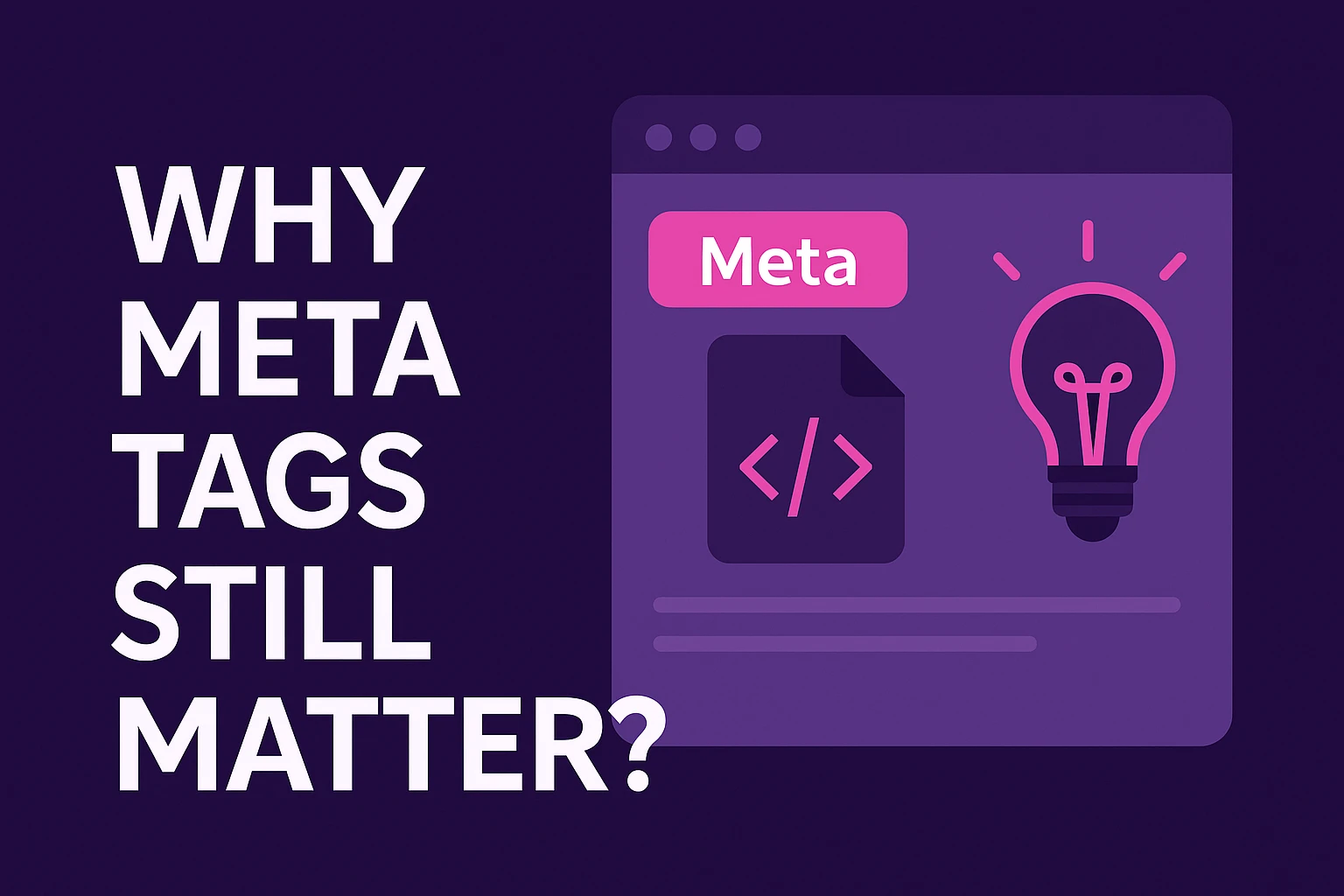Did you know Google cuts off headlines at 600 pixels—roughly the length of a tweet? That’s just 50–60 characters. Yet, this tiny space holds immense power over how your content performs in search results.
Your page’s headline acts as its first handshake with users and search engines. If it’s too long, it gets chopped. Too vague, and readers scroll right past. Optimizing this element isn’t just about fitting characters—it’s about balancing clarity, relevance, and technical limits.
🎯 Want help writing titles that fit and convert? Try MetaTagLab — your AI-powered meta tag assistant.
Search engines prioritize pixel width over strict character counts. A 600-pixel limit ensures titles display cleanly on desktops. But mobile screens? They’re even tighter. Crafting precise, keyword-rich tags improves rankings and clicks. It’s a win-win for SEO and user experience.
In this guide, we’ll break down how to create headlines that shine. You’ll learn ideal lengths for different devices, tools to test your tags, and tips to avoid common pitfalls. Let’s turn those cramped pixels into your secret weapon.
Key Takeaways
- Google truncates headlines beyond 600 pixels (about 50–60 characters) in desktop results.
- Well-crafted tags boost click-through rates and search rankings simultaneously.
- Pixel width matters more than character count for visibility in search snippets.
- Mobile users see even shorter titles—optimize for both screen sizes.
- Accurate, concise tags improve user experience and algorithmic trust.
- Free tools like SERP simulators help preview how titles will display.
Understanding the Role of Meta Title Length in SEO
Every pixel in your headline fights for attention in crowded search results. Get it right, and you earn clicks. Get it wrong, and your content fades into obscurity. Let’s explore why this space matters more than you think.
The impact on search rankings and visibility
Search engines reward concise, relevant tags. When your headline stays under 600 pixels, it avoids truncation—keeping key phrases fully visible. Studies show untruncated titles receive 34% more clicks than chopped versions.
Pixel width varies by letter. A “W” takes more space than an “i”. This means 55 characters with narrow letters might fit, while 50 with wider ones could get cut. Always preview how your tags render across devices.
How search engines interpret title tags
Algorithms scan headlines to gauge page relevance. Front-loading primary keywords helps bots match your content to user queries. But stuffing breaks readability. One travel site increased organic traffic by 27% after balancing keywords with natural language.
Engagement signals matter too. Clear, compelling tags tell users—and search engines—your content delivers value. Google’s John Mueller notes, “Well-structured titles build trust faster than clever wordplay ever could.”
Key Guidelines for Meta Title Length on Different Devices
Screen size changes everything when crafting search-friendly headlines. What works on a desktop monitor often fails on a phone. Let’s break down how to adapt your approach for maximum impact.
Desktop vs. mobile considerations: pixels and characters
Desktop screens give you about 600 pixels—roughly 50–60 letters. But mobile displays? They show even less. Wider letters like “W” or “M” eat up space faster than narrow ones. This means a 55-character tag might fit on a laptop but get cut on a phone.
Google’s mobile-first indexing prioritizes how your site looks on smaller screens. A study found truncated titles get 28% fewer clicks on smartphones. Keep mobile users in mind first, then adjust for desktop.
Recommended character counts for optimal display
Aim for 30–40 characters on mobile to avoid ellipses. Desktops handle up to 60, but test variations. Tools like SERP simulators show how your tags render in real searches.
Here’s why this matters: Clear titles boost trust. Users scroll past messy or cut-off headlines. Search engines notice this behavior, linking shorter, precise tags to better engagement metrics.
For example, an e-commerce site saw a 19% traffic jump after shortening mobile titles. They kept keywords upfront but removed filler words like “best” or “ultimate.” Every pixel earned its place.
Best Practices for Crafting Effective Title Tags and Meta Descriptions
Your search snippet is a digital storefront—every word needs to earn its spot. Clear, unique tags act as neon signs guiding users to your content. Let’s explore how to balance technical precision with human appeal.
Strategies to incorporate primary keywords naturally
Start with your core phrase in the first 30 characters. For example, “How to Bake Sourdough Bread” beats “Baking Tips for Beginners.” Search engines prioritize early placement, but avoid robotic repetition. A hiking gear site boosted traffic by 22% using “Waterproof Hiking Boots Guide” instead of generic terms.
Hyphens (-) work better than pipes (|) for readability. They create visual breaks without cluttering. Keep brand names only on homepage tags—save space for unique page-specific details. Tools like Moz’s preview checker help spot awkward truncations before publishing.
Designing engaging tags that improve click-through rates
Spark curiosity with numbers or questions: “5 Proven Methods” outperforms “Ways to Improve.” Use action verbs like “Discover” or “Master” to create urgency. A/B testing revealed titles with emotional triggers get 41% more clicks than neutral versions.
Align tags with user intent. If someone searches “quick fixes,” avoid academic jargon. Match the tone of top-ranking pages while adding fresh angles. Tools like SEMrush’s SEO Writing Assistant analyze emotional impact and readability in real time.
Meta Title Length: Essential Tips for SEO Success
Your headline’s opening words decide its fate in search results. Algorithms and humans alike prioritize what they see first—making keyword placement a make-or-break factor. Let’s explore how to nail this critical detail.
Why First Words Matter Most
Search engines weigh initial phrases heavily when matching content to queries. Starting with your primary term—like “Indoor Plant Care” instead of “Tips for Healthy Indoor Plants”—boosts relevance instantly. One study found front-loaded keywords improved rankings by 18% compared to buried phrases.
Pixel space amplifies this effect. Narrow letters let you fit more text, but wide characters (W, M) eat into limits faster. Tools like PixelWidthCalculator show exact display lengths across devices. A 45-character tag might work on desktop but get cut to 35 on mobile.
“The first three words determine whether users click or scroll. Treat them like prime real estate.”
—SEO Analyst, Moz
Pair crisp titles with aligned meta descriptions. For example, a headline starting with “Budget Travel Hacks” needs a description detailing cost-saving strategies. This consistency tells search engines your content delivers on its promise.
Keep tags engaging while prioritizing keywords. Use action verbs like “Master” or “Discover” after your main phrase. Tools like Clearscope help balance SEO needs with readability scores. Remember: Every word must earn its spot.
Tools and Techniques to Optimize Meta Title and Description Lengths
Sharp tools shape standout search snippets—precision matters in the pixel game. Modern SEO demands more than guesswork. Specialized checkers and simulators turn character counts into concrete advantages.
Your Precision Toolkit
Platforms like SEMrush and Moz offer real-time previews of how tags render across devices. These tools flag oversize descriptions before they hit search results. A travel blog reduced truncated titles by 73% using automated length alerts.
⚡ For a faster, simpler solution powered by AI, MetaTagLab helps generate perfectly sized meta titles in seconds.
Showit and Squarespace integrate built-in checkers that enforce limit compliance. Their dashboards show exact pixel widths for mobile and desktop views. One marketing agency boosted click-through rate by 19% after fixing cut-off titles sitewide.
“Automated audits catch issues human eyes miss. One misplaced emoji can wreck mobile display.”
—SEO Lead, HubSpot
Implement these practices during content audits:
- Run monthly checks with snippet simulators
- Prioritize mobile-first displays
- Test variations using A/B tools
Consistent optimization creates compounding gains. Clear tags build trust, while technical precision keeps algorithms engaged. Pair smart tools with strategic tweaks for search dominance.
Bringing It All Together: Mastering Meta Title Length for Outstanding SEO Performance
Crafting the perfect search headline is like fitting a novel into a postage stamp—every word must pack a punch. By balancing pixel limits with strategic keyword placement, you create hooks that grab both algorithms and human attention.
Remember: Mobile screens demand ruthless editing, while desktop allows slightly more breathing room. Tools like SERP simulators help preview how your tags render across devices—a non-negotiable step for web professionals.
Businesses that implement these tactics see real results. Clear, concise headlines boost click-through rates by keeping promises to users and search engines. One media company increased organic traffic 33% in three months through consistent optimization.
The digital landscape never sleeps. Regular updates ensure your content stays relevant as search algorithms evolve. Test different phrasings quarterly—what worked last year might need fresh tweaks.
Ready to level up? Start by auditing your existing tags today. Measure performance over time, refine based on data, and watch your business climb the rankings. Every character counts—make yours unforgettable.
✅ Start optimizing with MetaTagLab — no logins, no setup. Just smarter metadata, powered by AI.





